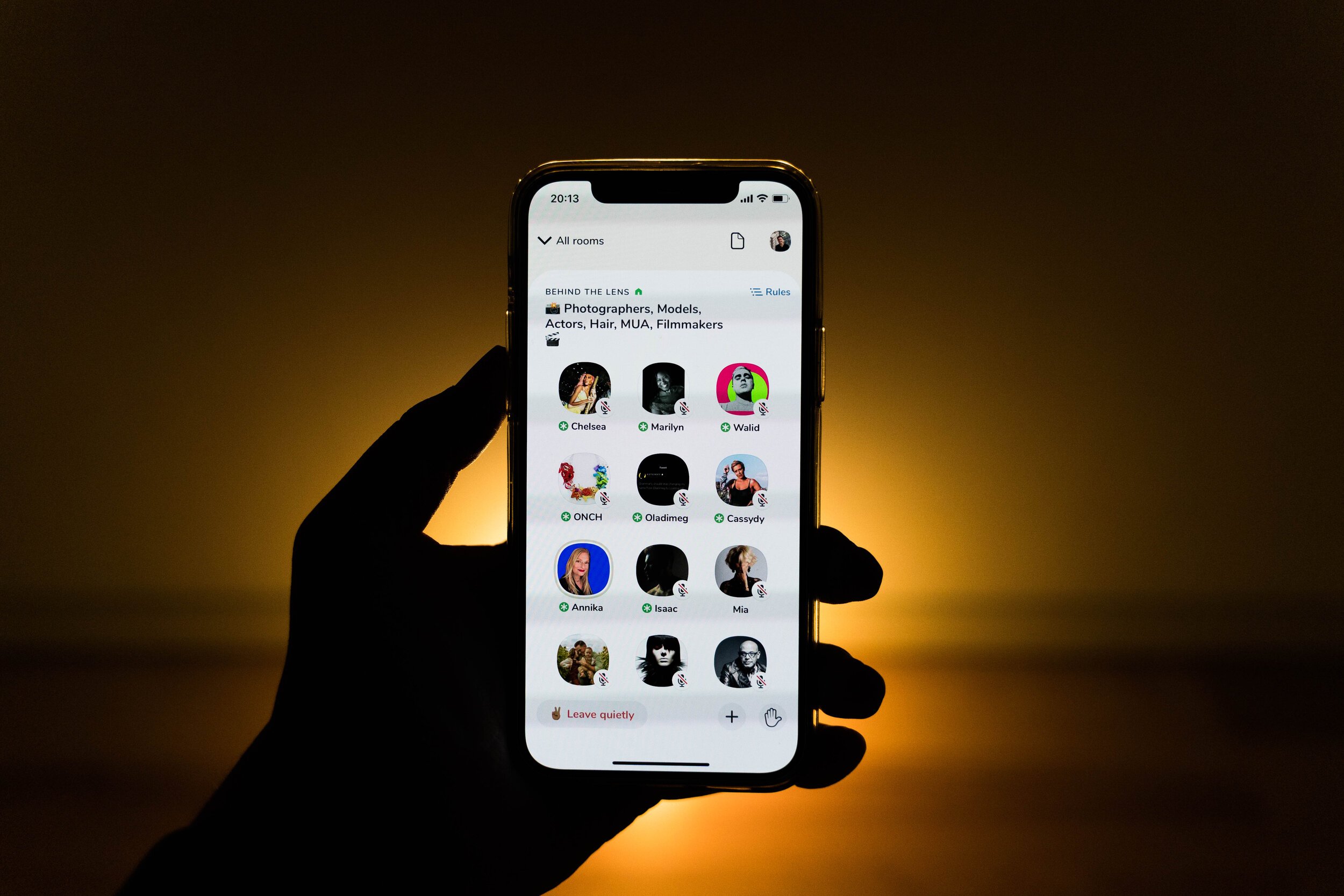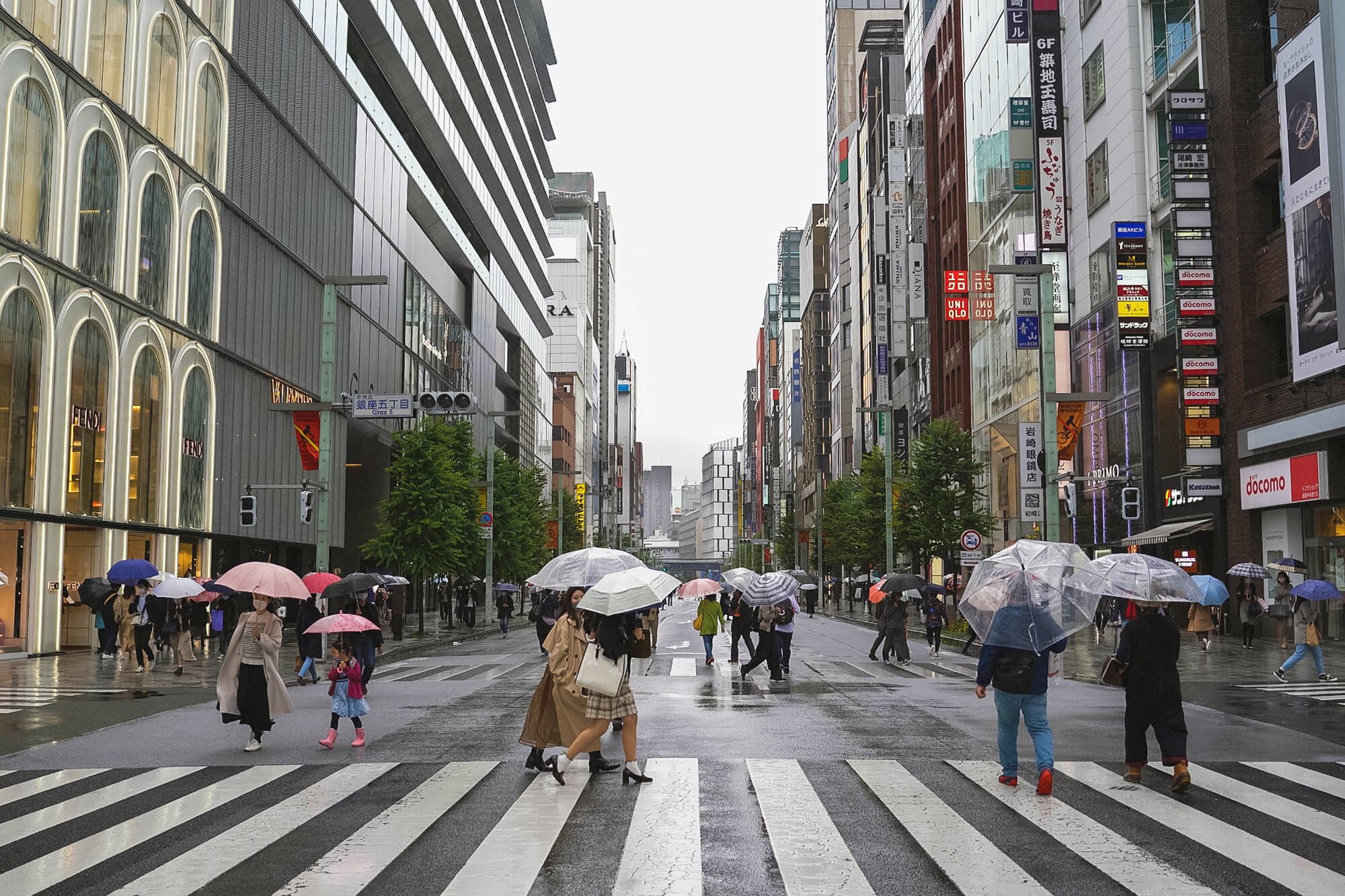Japanese-Americans: 4th vs. 2nd Generation
A conversation revealing differences between 2nd and 4th generation Japanese-Americans.
The Creator Economy and the Comprehension Gap
We hear “creator” a lot these days, but there may be a slight misunderstanding by many about what creators are, what they need, and how this affects the future.
Clubhouse - My First 48 Hours With the Audio Social Network
The latest social network to buzz, this one is different - it’s audio only.
What Businesses Should Take Away From This Influencer Opening a Restaurant Chain
MrBeast opening a DTC burger chain highlights a shift in how new businesses now start and provides lessons for businesspeople to learn from.
A Juice Brand Meant to Help Farmers in Japan
Tasting The Fruits Company, a Japanese DTC brand aiming to turn wasted fruits into 100% fruit juice.
Fall in Japan Wallpapers
Fall is arguably Japan’s best season. Some of my favorite photos turned into wallpapers for your phone.
Instagram in Japan in 2020
All about Instagram use in Japan in 2020. Information from the House of Instagram Japan online event held by Facebook Japan.
Japanese Health Checks with Socialized Health Insurance
Annual health checks are done each year when working in Japan, a country with socialized health insurance. Here's what it’s like.
Social Media Marketing Lessons From Presidential Campaigns
A Presidential candidate's social media campaigns can provide good lessons for people looking to promote their business or themselves on social media.
Life in Tokyo as of October 2020
Life in Tokyo in as it tries to get things moving again and edge towards “reopening”. Virus cases, mask wearing, travel, business, and overall people sentiment.
The Japanese Versions of Hawaii Snacks
There are many Japanese-influenced snacks in Hawaii. Here are the Japanese versions of them and their histories.
How Coffee and Cafe Brands are Marketing in Japan
Japanese consumers and coffee, as well as an analysis of a few popular coffee and cafe businesses in Japan to see how they’re marketing and building their brands.
Creating Brand Value for Social Commerce
Commerce and communication have merged as social networks become direct eCommerce channels. Here’s how businesses should think about social media now.
Making Sukiyaki with Real Wagyu
Making Kansai-style sukiyaki, different from typical sukiyaki, with delicious Japanese Wagyu beef.
Shopping at Costco Japan
Wagyu steaks and bulgogi bakes are just a few of the added benefits for expats who love shopping at Costco in Japan.
Creating Brand Value in the Direct-to-Consumer Era
Decreased barriers to entry in communication and e-commerce have increased hurdles for brands to differentiate and stand out. This is how they can create value.
First Day Back in the Tokyo Office After Lockdown
What it’s like to go back to work in Tokyo after the COVID-19 / Coronavirus pseudo-lockdown.
Springtime Walk in Shimotakaido, Tokyo
Exploring the streets of Shimotakaido in Setagaya, Tokyo during cherry blossom season.
UNIQLO’s Initial Black Lives Matter Statement Highlights Japanese Marketing Struggles
UNIQLO’s initial Black Lives Matter post highlights the struggles Japanese brands sometimes have when marketing to an international audience.



















